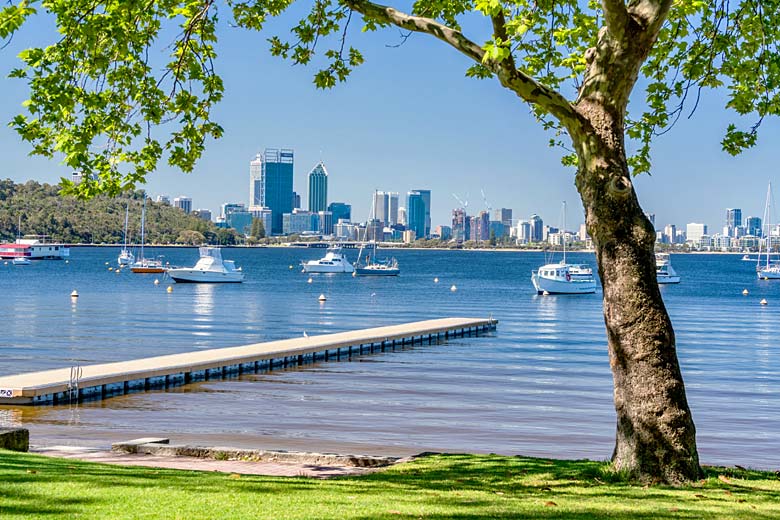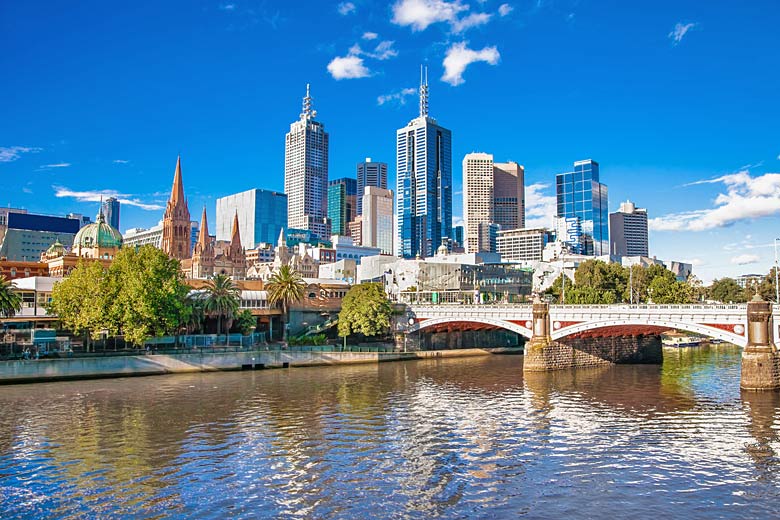- Compare car hire prices to find lowest rate
- Free cancellation up to 48 hours before pick up
- Book car hire for over 20,000 destinations worldwide
Western Australia weather by month
Check out Western Australia weather averages by month. Compare detailed monthly climate statistics including temperature, rainfall and sunshine figures.
| Jan | Feb | Mar | Apr | May | Jun | Jul | Aug | Sep | Oct | Nov | Dec | |
|---|---|---|---|---|---|---|---|---|---|---|---|---|
| Maximum daytime temperature °C |  31 31 |
 31 31 |
 29 29 |
 25 25 |
 21 21 |
 19 19 |
 18 18 |
 18 18 |
 20 20 |
 22 22 |
 25 25 |
 28 28 |
| Hours of sunshine (daily) | ||||||||||||
| Days with some rainfall |  3 3 |
 5 5 |
 6 6 |
 9 9 |
 12 12 |
 14 14 |
 15 15 |
 13 13 |
 10 10 |
 9 9 |
 4 4 |
 4 4 |
| Sea temperature °C |  22 22 |
 22 22 |
 22 22 |
 21 21 |
 21 21 |
 20 20 |
 19 19 |
 18 18 |
 18 18 |
 18 18 |
 19 19 |
 21 21 |
More about Western Australia
Western Australia by month
Jan Feb Mar Apr May Jun Jul Aug Sep Oct Nov Dec
Recommended for Western Australia
The climate guide for Western Australia (Perth) shows long term monthly weather averages processed from data supplied by CRU (University of East Anglia), the Met Office & the Netherlands Meteorological Institute. Find out more about our data sources.
Top Western Australia destinations
Below are average maximum temperatures at popular countries, regions and places in Western Australia for next month - August. Select a destination to see the climate guide for all months of the year.
All Western Australia destinations
- Albany
- Broome
- Esperance
- Eucla
- Exmouth
- Geraldton
- Giles
- Halls Creek
- Kalgoorlie
- Kununurra
- Margaret River
- Monkey Mia
- Paraburdoo
- Perth
- Port Hedland
Metric (°C / mm) | Imperial (°F / inches)
Western Australia climate overview
This immense state covers a third of the Australian continent and a diversity of different landscapes, where remote indigenous communities contrast with the cosmopolitan city of Perth with its impressive skyline and relaxed atmosphere.
A huge expanse of sandy plains and scrub dominate the interior of Western Australia, with the Great Sandy Desert to the north and the Great Victoria Desert to the south. Summer temperatures are hot, becoming extreme in the north where occasional summer rains temporarily fill shallow salt lakes. Daytime winter temperatures are comfortable but can become cold at night under clear skies.
Bordering the Great Sandy Desert to the north are the impressive Kimberly Ranges. This is home to the Wolf Creek meteorite crater and the Bungle Bungles, an ancient sandstone massif. Tropical summer downpours over the northern mountains feed seasonal raging rivers from December to March, which cut deep gorges through striking red plains leading down to a heavily indented coast. Summers are also prone to occasional cyclones along the whole Northwest coast. Winters are dry and temperatures remain warm or hot all year.
There are also low, undulating mountains bordering the desert in the west. Hot summer temperatures spark off occasional summer showers, which temporarily fill dried riverbeds and support some highland greenery. The mountains run down to a wide coastal plain, which is fertile enough in the south to support vast wheat-lands, vineyards and impressive eucalypt forests.
The long Indian Ocean coastline is also where most of the population lives, particularly in the south around state capital Perth, where there are stunning sandy beaches. Summers here are dry, hot, and sunny with a welcome sea breeze on most afternoons. Winters are cool and wet at times.
More about Australia
Compare Western Australia with the UK
Below the Western Australia chart shows average maximum daytime temperature for Western Australia, Australia (Perth) and the UK (London).
Maximum daytime temperature (°C)
Metric (°C / mm) | Imperial (°F / inches)
Compare more Western Australia weather >>
Be inspired
Get your weekly fix of holiday inspiration from some of the world's best travel writers plus save on your next trip with the latest exclusive offers
We promise not to share your details
Related posts
Popular travel offers
Explore holidays in the sun for less
- Beach holidays
- Family holidays
- City breaks
- Summer holidays
- Winter sun holidays
- Holiday offers
- Top travel brands
- Airlines & flights
- Discount hotels
- Airport parking deals
- TUI
- Jet2holidays
- easyJet holidays
- Love Holidays
- January sales
Airport parking
- Manchester Airport
- Stansted Airport
- Bristol Airport
- Luton Airport
- Birmingham Airport
- Edinburgh Airport
- Gatwick Airport
- Glasgow Airport
- Newcastle Airport
Airport lounges
- Manchester Airport
- Birmingham Airport
- Bristol Airport
- Edinburgh Airport
- Glasgow Airport
- Heathrow Airport
- Newcastle Airport
- Stansted Airport
- Gatwick Airport


























